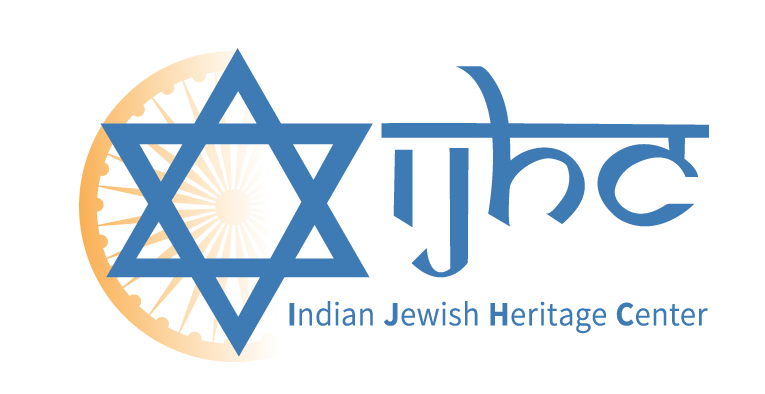The First Heritage Center for Indian Jews in the World
preserving the heritage
Our Mission
Driving long-term growth and value creation
- In the past few years we have been busy planning a heritage center in Moshav Nevatim in the Negev

Museum
will preserve the rich and unique 2000 -year old heritage of the Indian Jews. The Bene Israel, Cochini, Baghdadi, and Bnei Menashe communities each have their own unique customs and traditions.

Spiritual Center
A Center for meditation, yoga and a place to study holistic ways of life. This will include the existing the beautiful historic synagogue at Nevatim

An Auditorium
with 300 seats. It will serve as a multi purpose hall for heritage programs, art and cultural programs for students from local schools, functions for the Israeli army positioned in neigboring bases and conventions

Arboretum
This area will integrate trees from India, including medicinal plants and trees common in India. The recycled water from the reservoir will be used to water this garden, which, which in turn will bring in birds and wildlife, cool the area and of course increase rainfall in the area.
Where Indian Jews from the diaspora will help to bring peace, tolerance, tranquility and a healthy way of living to the people of Israel and the world.
why a heritage center
Preserving The Heritage
It is in the Negev that the creativity and pioneer vigor of Israel shall be tested.” — David Ben-Gurion
JNF has helped Israel for the past 120 years. In recent years, JNF has contributed towards building a reservoir on the border of Nevatim of recycled waste water from the surrounding areas. This has transformed the harsh desert conditions of Nevatim and its surrounds to become lush, aided the environment and facilitated agriculture.
However, the south of Israel still remains weak financially, economically, socially and culturally. Our upcoming heritage center will help change that situation by attracting tourism and education to the area. A much–needed arboretum to help educate the youth about eastern horticulture, help the environment and raise the standard of living in Israel’s south/here.

Community Collaboration
The Indian Jewish Heritage Center and Nevatim museum joined hands in 2018 to incorporate all the Indian Jewish Communities – The Bene Israel, Cochini, Baghdadi, Burmese, Goa, and Bnei Menashe.

The Location
Moshav Nevatim was established in 1946 as one of the 11 settlements in the Negev. Nevatim was re-established in 1954 by Cochin Jews who had immigrated from Kochi, India and made Aliyah.

Phase One:
By 2023 - Raise $1M US, funds required to complete our Auditorium & Multi-Purpose Room including Stage, lighting, acoustics and seating.

Phase Two:
2024-2026 -
A Culinary Center
which will serve a range of delectable Indian foods as well as a place to teach and learn about the distinctive foods of the four different Indian Jewish communities. The Center will introduce the different vegan options available in India to offer a balanced diet to reduce animal consumption.
An Art center
for children of all ages. The Center will display Indian crafts and handicrafts. It will help attract families with children and students from the nearby schools to show them the exquisite crafts from India.
A Library
for information about Indian Jews. Students from the nearby Ben-Gurion University can advantage of the library facilities and conduct research about the history and heritage of Indian Jews.
A Memorial Center
for Indian Jewish soldiers who have lost their lives in the wars of Israel. This information will be preserved at the museum.
A Trade center
this will be a meeting point for Indian and Israeli companies and entrepreneurs for collaboration.
Our Team
Working with a common vision
Avner Isaac
Dr Nehemya Shachaf
ALL INDIAN JEWS under one roof
Connecting and educating people globally
Donate to help Israel. Donate to the Indian Jewish Heritage Center now.
.
Your valuable donation will help build this center in Nevatim. Nevatim is not far from the border of Gaza. The situation in the south is more challenging than other parts of the country. The people of the south deserve a healthy and happy lifestyle. Their children and families deserve a better standard of life. We need to confront the root of the financial problems that are faced by the disadvantaged people, who lack knowledge, and give them tools to support and meet the financial needs of their households.
.

ADDRESS
- D.N HaNegev Moshav Nevatim 85540
- indianjewishcenter@gmail.com
- 972-8-6238-299


